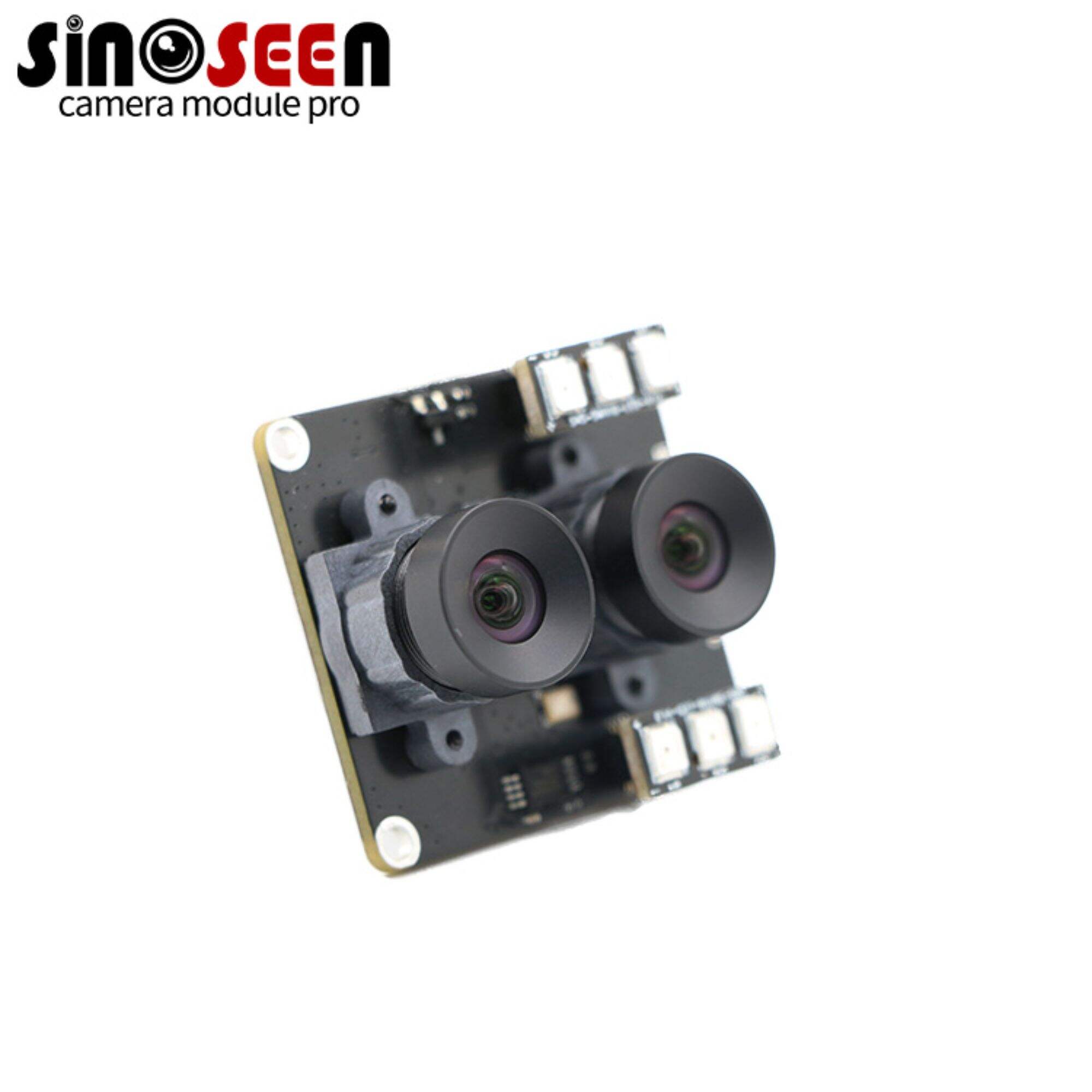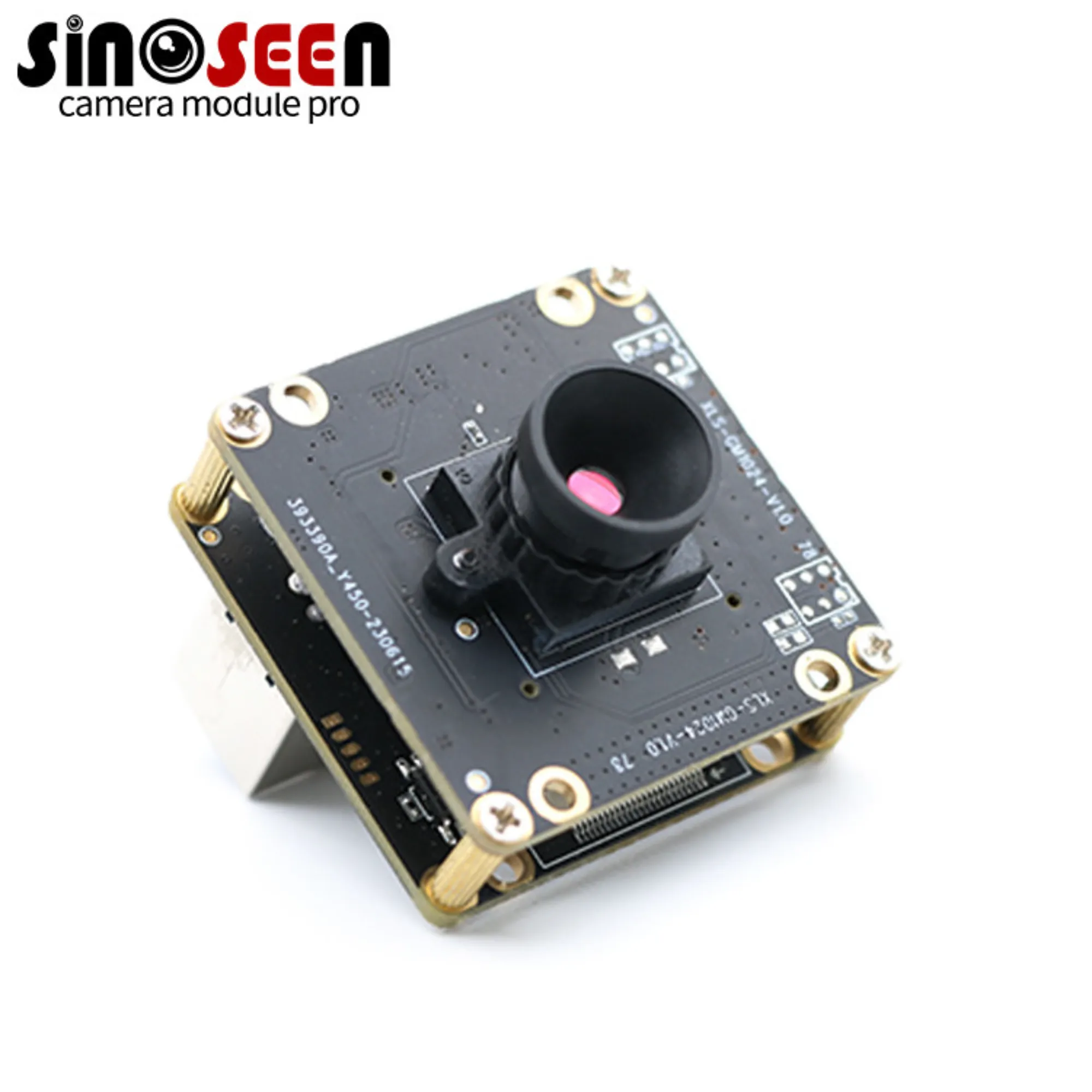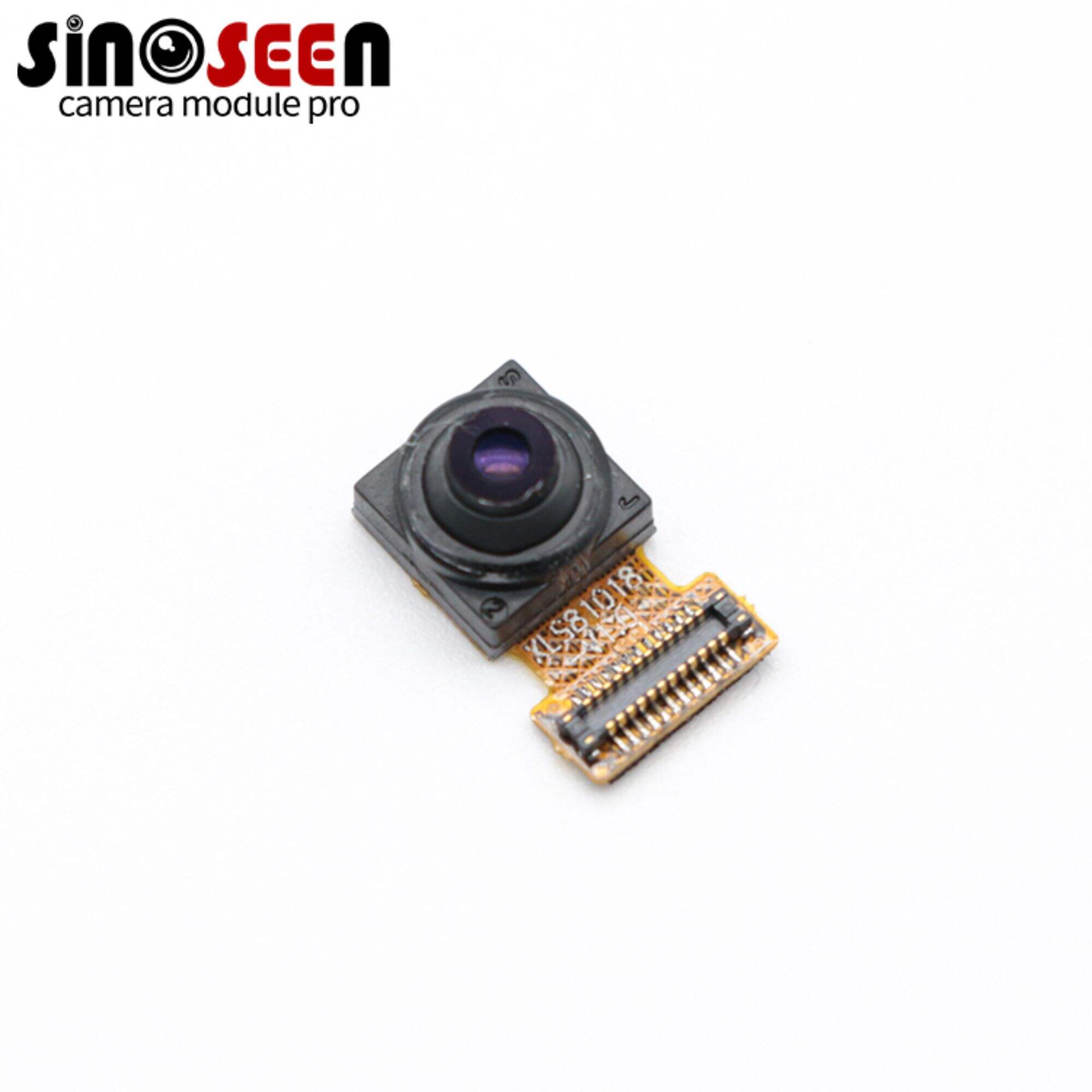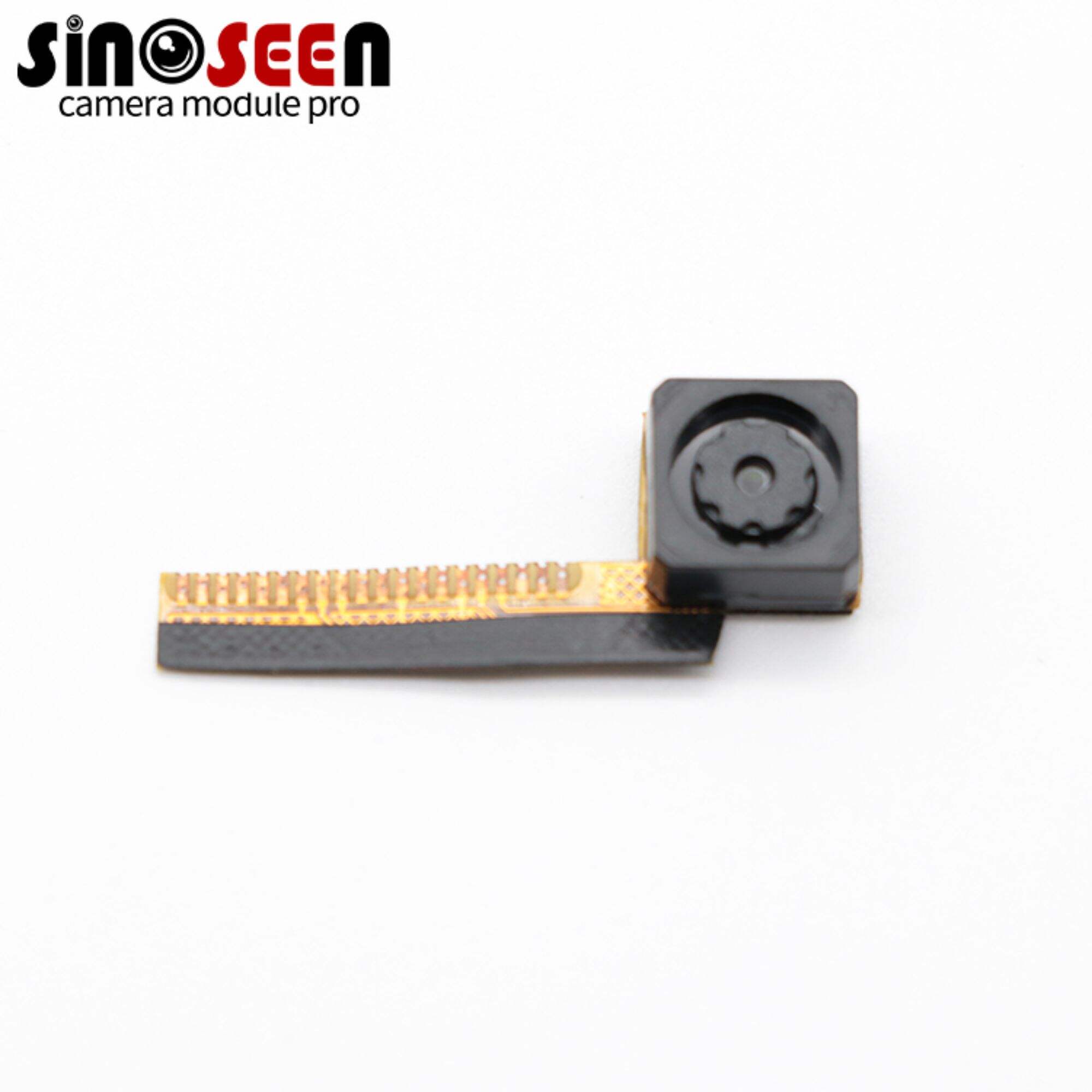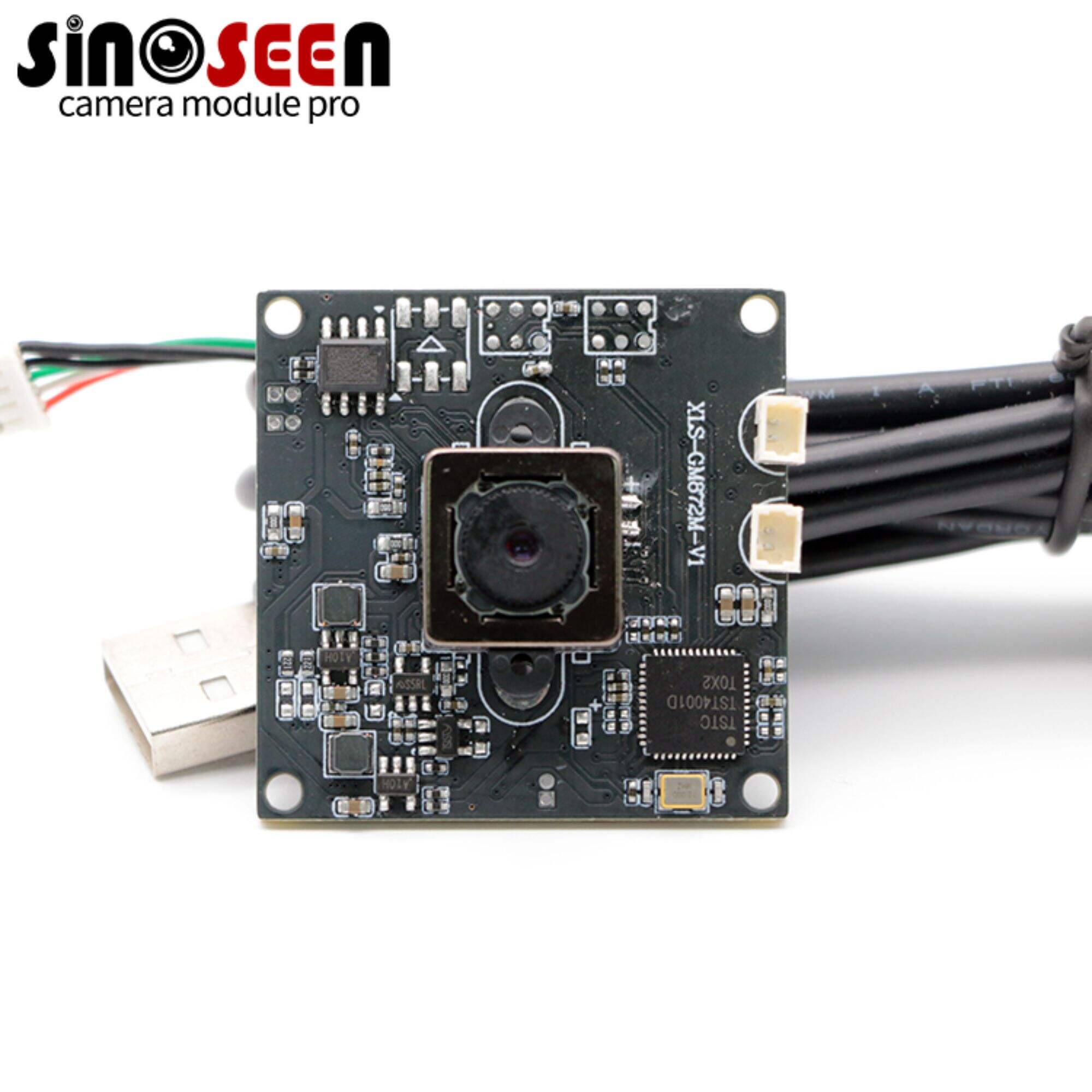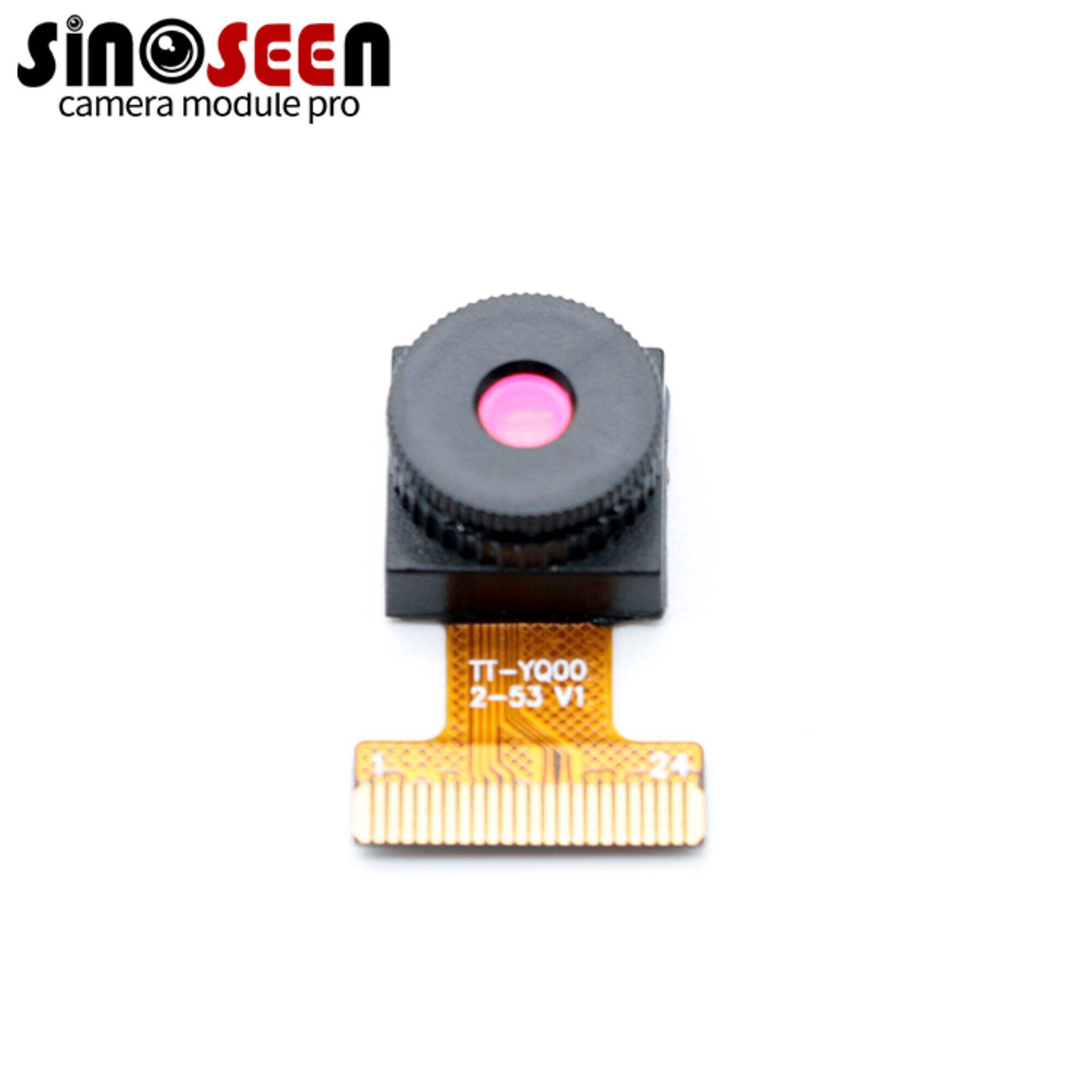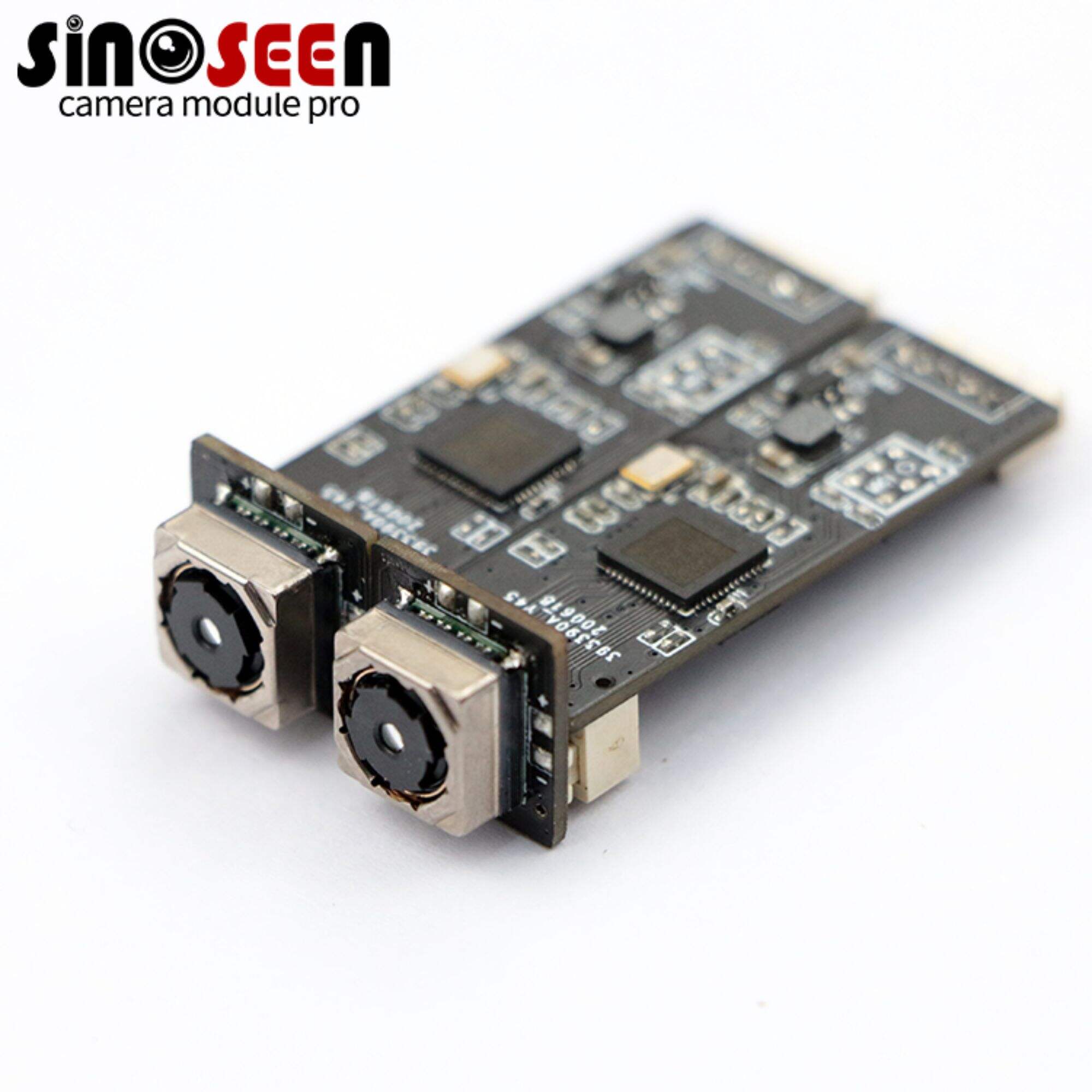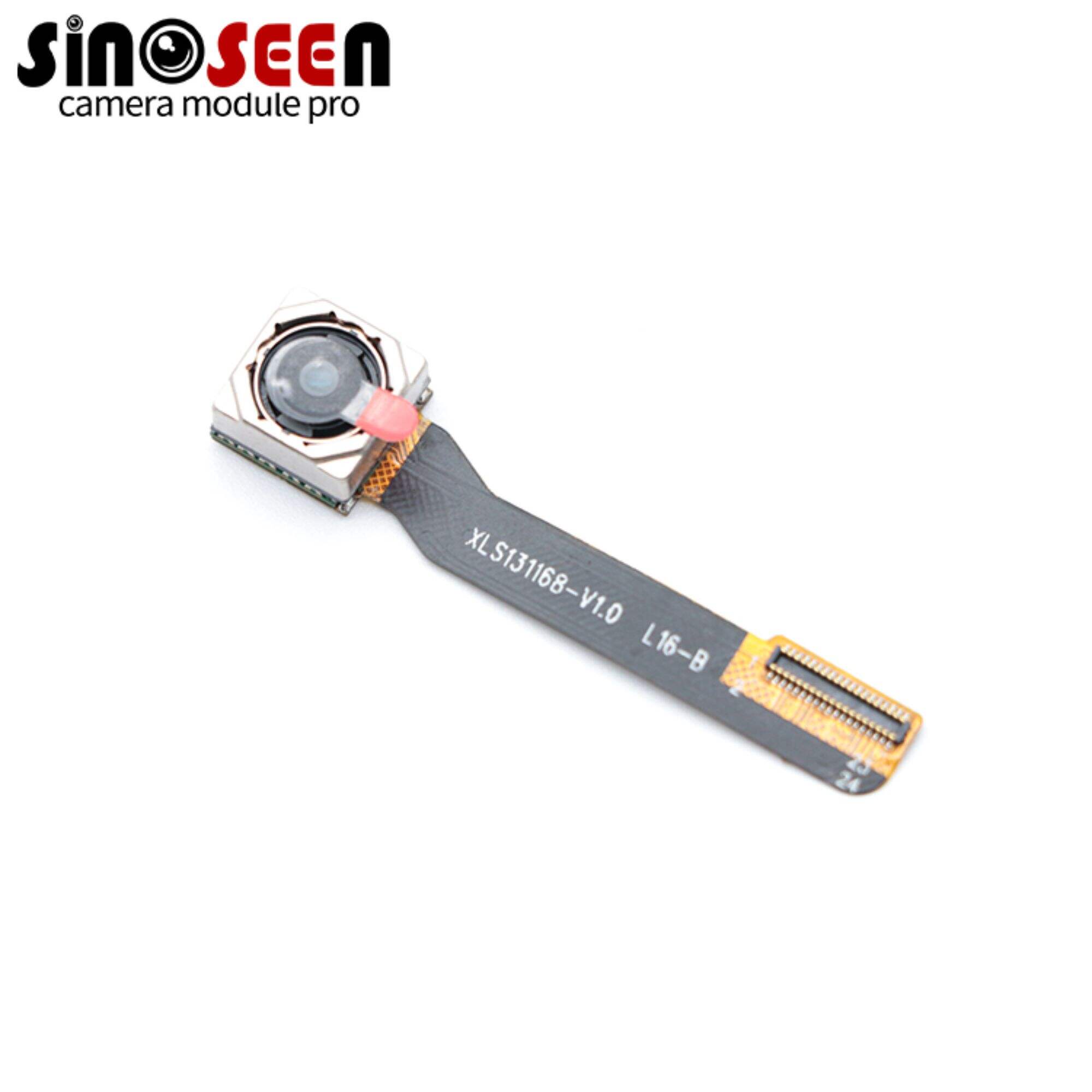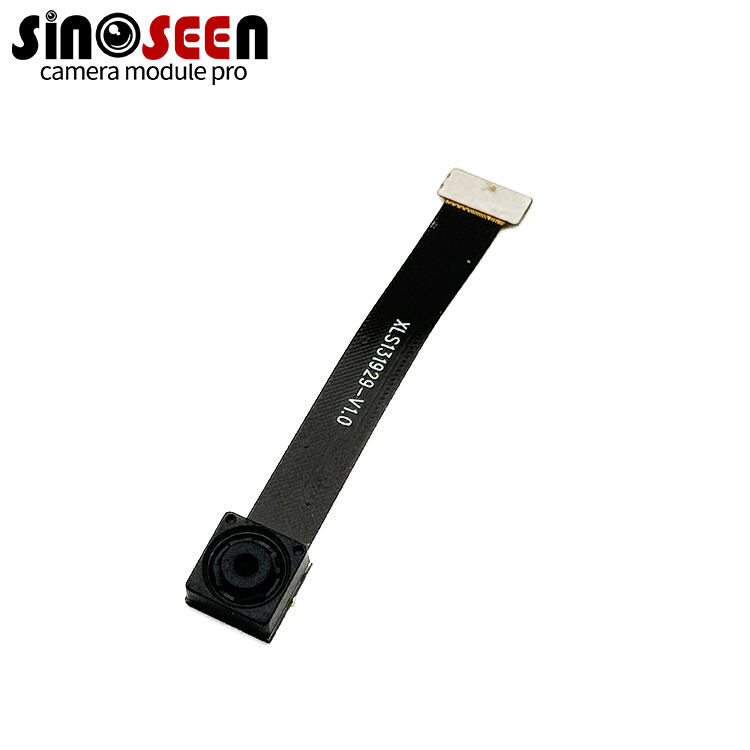What is an infrared filter? How does it work?
In recent years, day and night video surveillance has become increasingly popular, and the author's home also uses this equipment to ensure safety. Generally speaking, CMOS cameras and CCD cameras can detect near-infrared rays that are invisible to the human eye. While this is important for night vision equipment, infrared rays can distort daytime shots.
Before we get into the IR Cut Filter, let's understand what infrared is.
What is infrared?
Infrared (IR for short), also known as infrared radiation, is an electromagnetic wave with a wavelength between microwaves and visible light. Its wavelength ranges from 760 nm to 1 mm, which is a non-visible light with a wavelength longer than red light, and corresponds to a frequency in the range of about 430 THz to 300 GHz. Therefore, it cannot be observed by the human eye alone.
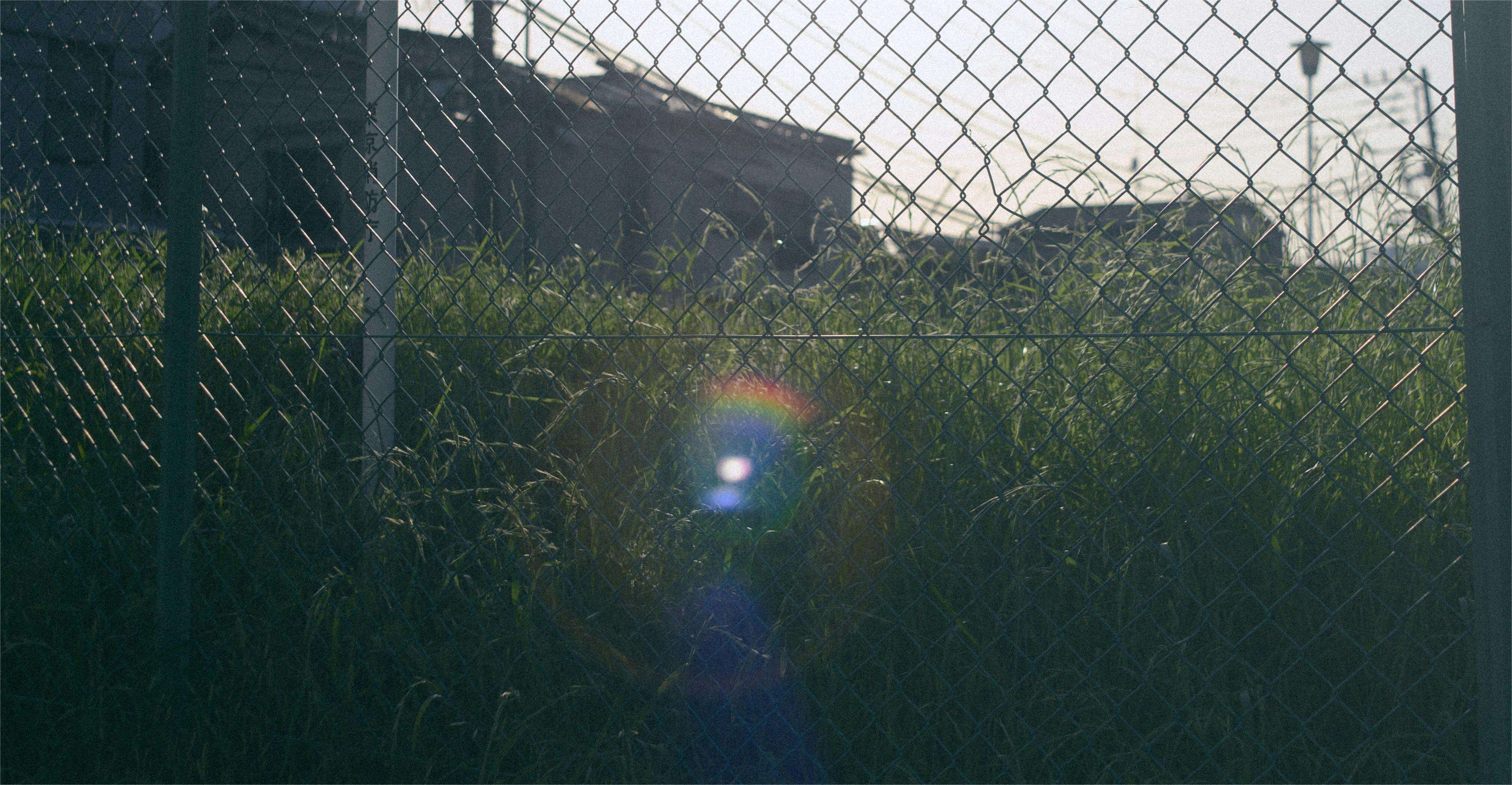
What is an IR Cut Filter?
An IR Cut Filter, also known as an infrared cutoff filter, is an optical element used in cameras to improve image quality. It usually consists of an IR cutoff/absorption filter and a full-transmission spectral filter. In general, the human eye can not see infrared light, while the camera can, so in order to make the human eye and the camera to see the image color consistency, it is necessary to use the infrared filter. The two filters are combined with an electromagnetic or electric motor to achieve automatic switching to adjust the color deviation caused by infrared light during the day.
How does the IR Cut Filter work?
The working principle of IR Cut Filter is to automatically adjust the state of the filter according to changes in ambient light to optimize the imaging effect of the camera under different lighting conditions. All of this is realized based on the automatic switching mechanism.
Automatic Switching Mechanism
The automatic switching mechanism of IR Cut Filter is usually controlled by electromagnetism or motor, when the camera's infrared sensor monitors the change of light, the built-in switcher will automatically adjust the filter state according to the light intensity, so as to obtain the best image quality. The realization of this technology involves sophisticated optical design and mechanical structure, so the material and layer of the filter need to be carefully selected to ensure that the cut-off of infrared light while reducing the impact on visible light. Of course, the responsiveness and reliability of the switcher is also important.
Changes in light
During the daytime when there is sufficient light, the IR cutoff/absorption filter will intercept or absorb most of the infrared light, avoiding the impact on the imaging color, so that the camera can restore the color closer to what the human eye sees. Because the wavelength of infrared light is relatively long, if it is not filtered out, it may appear off-color phenomenon, such as talking about green plants appear gray.
At night or in low light conditions, the IR Cut Filter will automatically switch to the full spectrum filter state. At this time, the IR cutoff/absorption filter will move away, allowing more light (including IR light) to enter the camera sensor, allowing the camera to improve the brightness and clarity of the image even in low-light conditions, thus realizing nighttime surveillance or photography.
What are the benefits of using IR Cut Filter?
Automatic Adaptation to Environmental Changes: The IR Cut Filter's automatic switching feature allows the camera to quickly adapt to changes in ambient light without human intervention, resulting in the best possible image quality.
Low-light and nighttime imaging: In low-light or nighttime conditions, IR Cut Filter's full spectrum filter allows more light to enter the sensor, improving camera performance.
Maintains Color: In good lighting conditions, the IR Cut Filter captures and blocks infrared light, reducing image color casts and maximizing the ability to keep image colors similar to those seen by the human eye.
Longer service life: The IR Cut Filter reduces manual adjustments due to changes in ambient light and greatly extends service life through automatic adjustments.
Integration with RGB cameras
Integration of IR Cut Filter with RGb cameras enables finer adjustments to the spectral response for higher quality output, as RGB cameras rely on the red, green, and blue color channels to capture images and are sensitive to infrared light. The IR Cut Filter significantly reduces the impact of infrared light on RGB cameras, and the IR Cut Filter's auto-adjustment mechanism ensures that RGB cameras produce the highest-quality image output while maintaining accurate colorimetry, whether it's a low-light night or a well-lit day.
That said, integrating the IR Cut Filter into RGB cameras presents technical challenges such as the precision of filter manufacturing and the response time of the switching mechanism, which can only be overcome through continuous optimization. With the increased demand for high-quality imaging, the integration of IR Cut Filter with RGB cameras has a very bright future in the fields of security monitoring, drone cameras, smart phones, etc.
Overall, cameras that use IR Cut Filter technology can greatly improve the image quality of the camera. In particular, it can provide better color accuracy and clarity in terms of color retention and night imaging.
Fortunately, Sinoseen, as a leading camera module manufacturer in China, has been committed to innovative technology. We have rich project experience and mature technology system in the field of thermal imaging camera module and ir cut camera module, etc. We can provide you the most suitable project solution.

 EN
EN
 AR
AR
 DA
DA
 NL
NL
 FI
FI
 FR
FR
 DE
DE
 EL
EL
 HI
HI
 IT
IT
 JA
JA
 KO
KO
 NO
NO
 PL
PL
 PT
PT
 RO
RO
 RU
RU
 ES
ES
 SV
SV
 TL
TL
 IW
IW
 ID
ID
 SR
SR
 VI
VI
 HU
HU
 TH
TH
 TR
TR
 FA
FA
 MS
MS
 IS
IS
 AZ
AZ
 UR
UR
 BN
BN
 HA
HA
 LO
LO
 MR
MR
 MN
MN
 PA
PA
 MY
MY
 SD
SD

